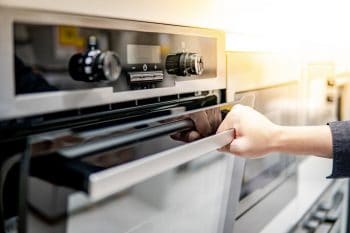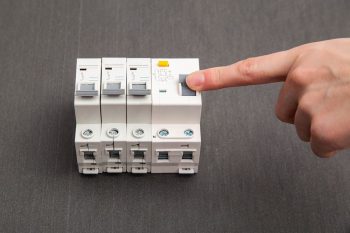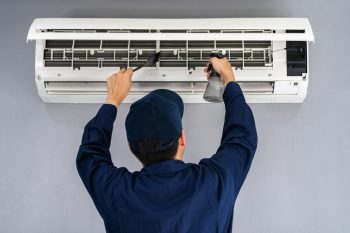
Understanding your air conditioner can be a daunting task, especially when it comes to the intricate details of its components. One essential part of an air conditioner that often goes unnoticed is the copper line. But what exactly is this copper line? How does it contribute to the functioning of your air conditioning unit? Let’s dive in and explore this vital component.
The copper line on an air conditioner is a crucial part of the refrigerant system, functioning as a conduit for the refrigerant between different components of the unit. There are two primary copper lines: the larger suction line that carries cool gas, and the smaller liquid line that carries warm liquid. Copper is used due to its durability, compatibility with refrigerants, and resistance to mold and mildew.
Understanding the Copper Line
The copper line on an air conditioner is a crucial part of the refrigerant system. It functions as a conduit for the refrigerant, carrying it between different components of the unit. There are two primary copper lines in an air conditioning system: the suction line and the liquid line.
The suction line, also known as the return line or vapor line, is the larger of the two. This line is responsible for carrying the cool gas and is insulated with tubing to prevent heat absorption. On the other hand, the liquid line is smaller and carries warm liquid. It does not require insulation due to its role in the system.
Why Copper?
Copper is the preferred material for these lines for several reasons. Its durability and compatibility with refrigerants make it an ideal choice. Moreover, copper doesn’t require a lot of material to be made, which makes it a cost-effective option. It’s also resistant to mold and mildew, which can cause unpleasant odors in air conditioning units.
The Structure and Design of Copper Lines
Copper lines are typically made of soft copper tubing, which is flexible and can be formed to fit different design configurations. The larger refrigerant pipe, known as the suction line, carries the cool gas and is insulated to prevent condensation and improve efficiency. The smaller line, known as the liquid line, carries warm liquid. The length and size of these copper lines depend on the specific system design and the distance between the condenser and the evaporator coil.
Importance of Copper Lines in Air Conditioning Units
Copper lines play a significant role in the overall efficiency of an air conditioning unit. Their primary function is to carry the refrigerant between the components of the air conditioner, ensuring efficient heat transfer and overall system performance. Copper’s excellent thermal conductivity, corrosion resistance, and durability make it suitable for long-lasting and maintenance-free performance.
Potential Problems with Copper Lines
Despite their durability, copper lines can face several issues. These include low refrigerant levels, leaks, corrosion, clogged return air filter, incorrect pipe size, and frozen AC lines. Regular maintenance and timely replacement of damaged components can prevent these issues.
Copper Lines in Different Types of Air Conditioners
Whether it’s a split AC, a window AC, or a portable AC, copper lines are a key component. They connect the indoor and outdoor units in a split AC and are part of the refrigerant system in a window AC. However, portable AC units do not use copper lines for coolant.
In conclusion, the copper line is a critical component of an air conditioner, playing a vital role in the refrigerant system. Understanding its function and importance can help you maintain your air conditioning unit effectively and ensure its long-term performance.
Frequently Asked Questions
What is the role of refrigerant in an air conditioner?
The refrigerant in an air conditioner is a special fluid that absorbs heat from the indoor air and transmits it outside, thereby cooling down the room. It circulates within the copper lines between the indoor and outdoor units of the AC.
Can I replace copper lines in my air conditioner myself?
While it is technically possible to replace the copper lines yourself, it is highly recommended to hire a professional HVAC technician. The process involves handling refrigerant, which is hazardous and requires special tools and training. Improper handling can lead to leaks and damage to the AC unit.
How often should I replace the copper lines in my air conditioner?
Copper lines don’t usually need to be replaced unless they’re damaged or leaking. Regular maintenance of your AC unit can help identify any potential issues with the copper lines early on. If there’s a problem, a professional technician will advise on whether a repair or replacement is necessary.
Why is my air conditioner’s copper line freezing?
If your air conditioner’s copper line is freezing, it could be due to several reasons including low refrigerant levels, a dirty evaporator coil, or a blocked return air filter. It’s best to consult a professional to diagnose and fix the issue.
Can copper lines be used in all types of air conditioners?
Yes, copper lines are used in most types of air conditioners, including split and window ACs. However, portable AC units do not use copper lines for coolant as they have a different design.












